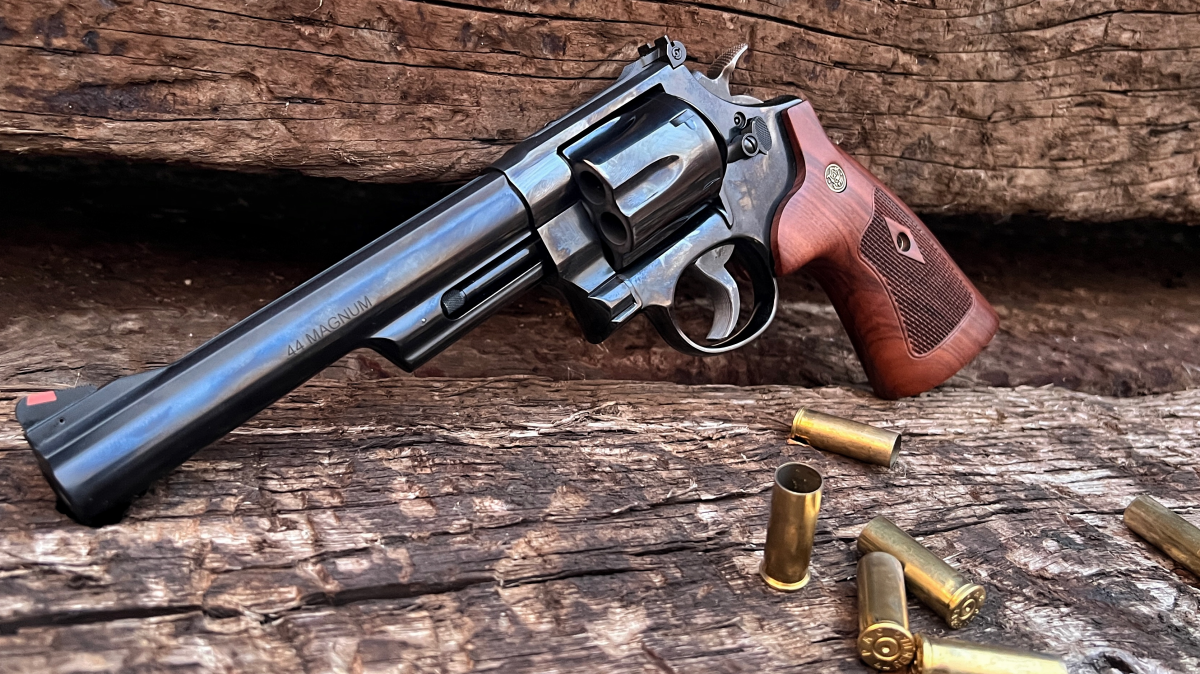
Welcome, if you are a newcomer to this fun bi-weekly segment of AllOutdoor.com! The last time around was chronicling one of my favorite World War One era pistols, the Steyr 1912 with its history, variations, dating details, parts, and range time. You can revisit that multi-part series by using the links below. Today we’re jumping into the history of the legendary Smith & Wesson Model 29, also known as the revolver Dirty Harry used. Our revolver today is technically a modern one from Smith & Wesson’s Classic lineup but the design has remained unchanged in the overall looks department. Let’s go from hot hand loads to the movies with the Smith & Wesson Model 29!
Recent Content in Curious Relics:
Welcome to our recurring series of “Curious Relics.” Here, we want to share all of our experiences, knowledge, misadventures, and passion for older firearms that one might categorize as a Curio & Relic – any firearm that is at least 50 years old according to the ATF. Hopefully along the way you can garner a greater appreciation for older firearms like we do, and simultaneously you can teach us things as well through sharing your own expertise and thoughts in the Comments. Understanding the firearms of old, their importance, and their development which lead to many of the arms we now cherish today is incredibly fascinating and we hope you enjoy what we have to share, too!
History Abridged: S&W Model 29
The story of the Model 29 begins in the early 20th century with a group of firearms enthusiasts seeking more powerful handgun cartridges for hunting. Among these pioneers was Elmer Keith, a colorful and influential figure in the world of firearms. Keith, along with other handgun aficionados like Charlie Askins and Phil Sharpe, began experimenting with “hot-loading” existing rounds such as the .44 Special. By the 1950s, Keith had become a vocal advocate for a new, more powerful cartridge. His strategy was straightforward: take a heavy-for-caliber cast bullet, often of his own design, and pair it with a generous amount of powder. Keith’s persistent lobbying of arms manufacturers, coupled with his prolific writing in gun publications, eventually caught the attention of major players in the industry.
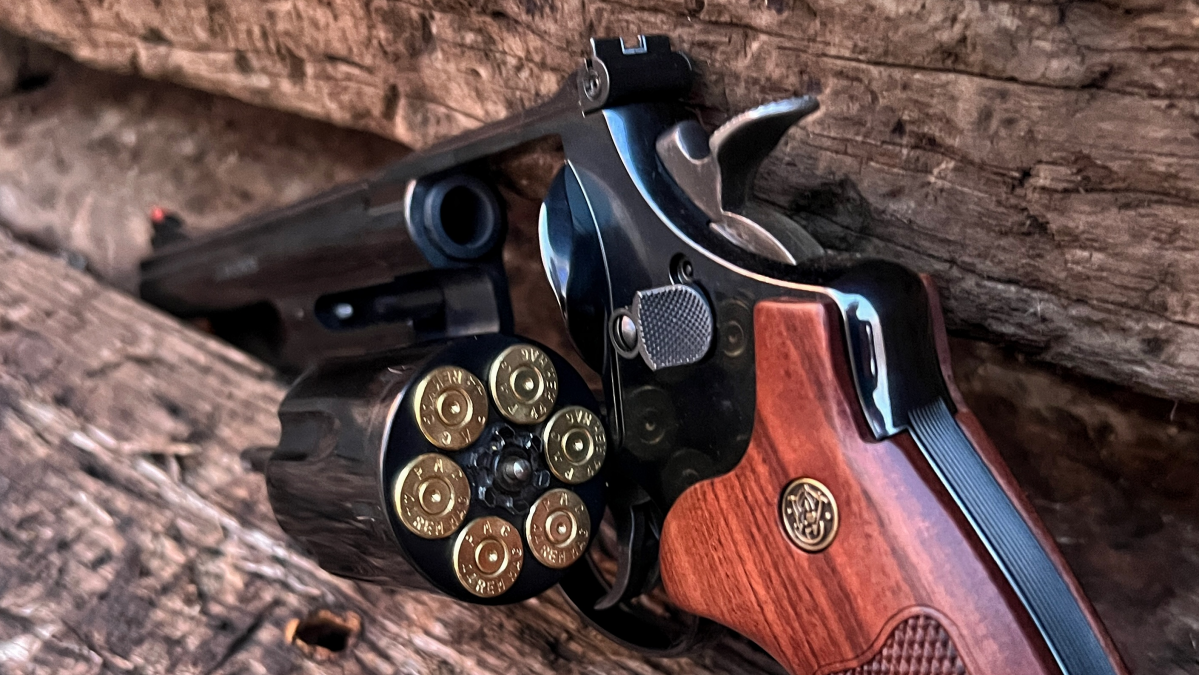

In the mid-1950s, Carl Hellstrom, president of Smith & Wesson, and R.H Coleman of Remington began discussions about implementing Keith’s idea for a magnum .44-caliber revolver. Remington developed the cartridge, and by the summer of 1954, they sent Smith & Wesson a design that was 1/8-inch longer than the .44 Special cartridge. Smith & Wesson began testing prototypes in mid-July 1954, producing four specially heat-treated N-frame Hand Ejector models chambered for the new round. After initial testing, it was suggested that the barrel and frame be reinforced for better recoil absorption and longevity, adding about 7.5 ounces to the revolver’s weight.
On December 29, 1955, the first .44 Magnum revolver came off the Smith & Wesson production line. Initially cataloged with either a 4-inch or 6.5-inch barrel, the first 500 .44 Magnums were made with a 6.5-inch barrel. The 4-inch version became available several months later, and an 8 3/8-inch barrel option was introduced in 1958. At the time of its introduction, the .44 Magnum was indeed the most powerful production handgun cartridge in the world. However, the Model 29 designation wasn’t applied until 1957, when Smith & Wesson began stamping model numbers on the yoke of their revolvers.
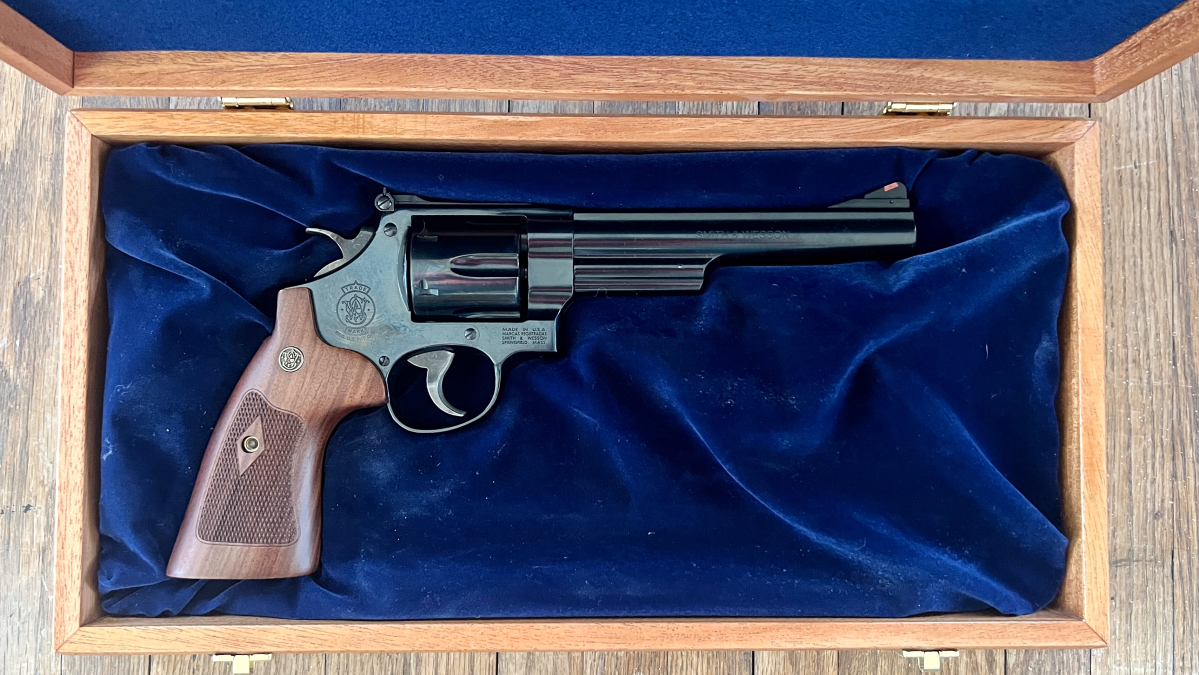

The Model 29’s initial reception was mixed. While orders were brisk, many shooters found the revolver’s power overwhelming. Stories circulated of nearly new Model 29s showing up in gun shops or for private sale with barely-used ammunition. The intense recoil and muzzle blast proved challenging for many users, particularly those who had purchased the revolver for self-defense rather than its intended purpose of hunting.
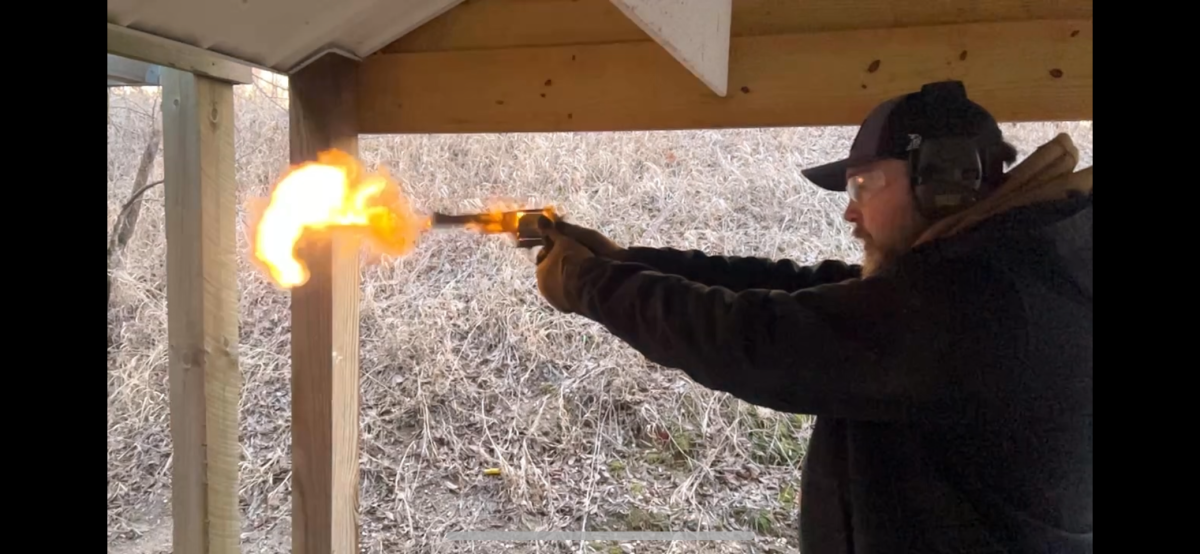

The Model 29 remained primarily the domain of handgun enthusiasts and hunters until 1971 when it gained widespread fame through the movie “Dirty Harry.” Clint Eastwood’s character, Inspector Harry Callahan, wielded a Model 29 with a 6.5-inch barrel, famously referring to it as “the most powerful handgun in the world.” The movie’s success catapulted the Model 29 into the spotlight. Demand skyrocketed, often outpacing Smith & Wesson’s production capacity. Retailers struggled to keep the revolver in stock, and it frequently commanded premium prices above its list price. This period marked the height of the Model 29’s popularity and cemented its place in American pop culture.
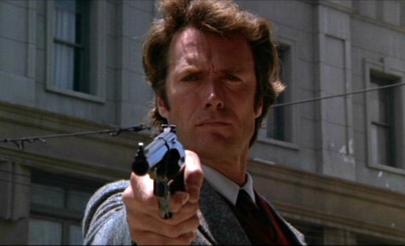

The introduction of the Model 29 and the .44 Magnum cartridge had a profound impact on handgun hunting. As hunters began to realize the potential of this powerful combination, the practice of hunting big game with handguns gained popularity throughout the late 1970s and 1980s. The Model 29’s capabilities expanded the range of game that could be ethically hunted with a handgun. Hunters successfully used it to take a variety of animals, from white-tailed deer to bear, and even some of the largest game on the planet. This success helped legitimize handgun hunting as a challenging and rewarding pursuit.
Moreover, the Model 29’s popularity among handgun hunters and competitive shooters in the 1980s and 1990s sparked a quest for even more powerful handguns. This arms race of sorts led to the development of new, more potent cartridges and the revolvers to handle them. In 1983, the .454 Casull was introduced commercially, surpassing the .44 Magnum in power. This was followed by other super-magnum cartridges like the .480 Ruger and the .500 S&W Magnum in 2003. While these newer cartridges eclipsed the .44 Magnum in raw power, they also highlighted the Model 29’s excellent balance of power and shootability.
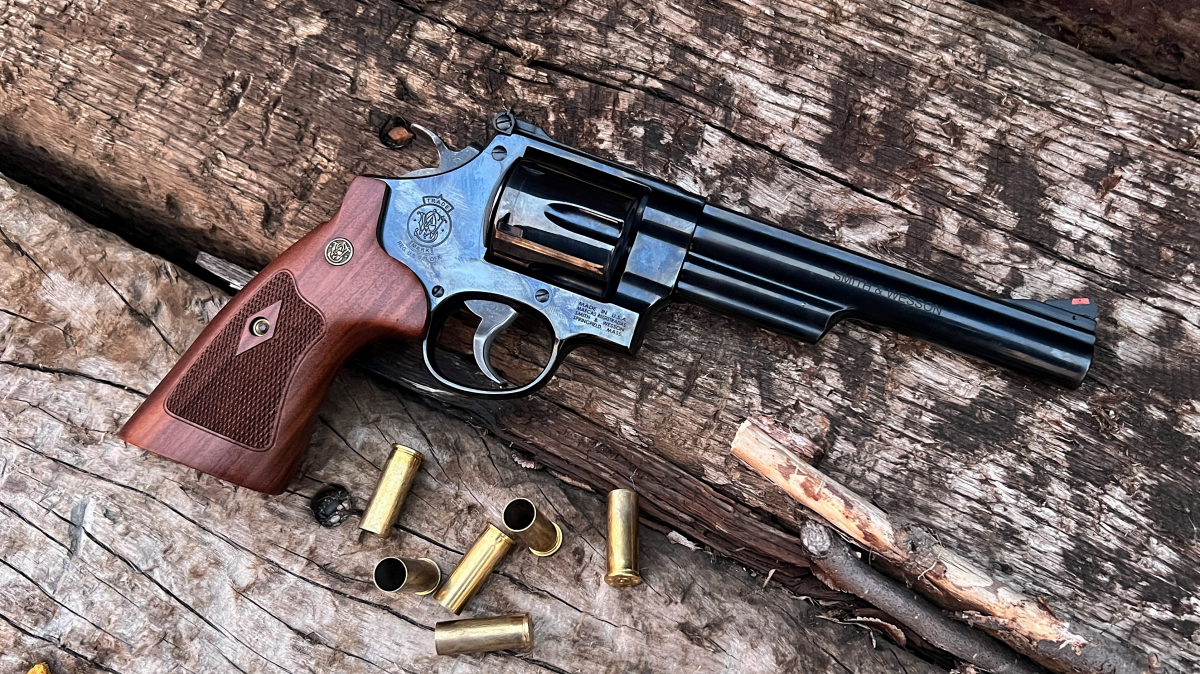

Despite being overtaken as “the most powerful handgun in the world,” the Model 29 remained popular. Its more manageable recoil compared to larger magnums, combined with its proven effectiveness on game, ensured its continued relevance in the hunting fields and on the range. The Model 29 also influenced the design of other revolvers. Its success prompted other manufacturers to develop their own .44 Magnum revolvers, and its robust N-frame became a standard against which other large-frame revolvers were measured.
This period of magnum evolution demonstrated that while newer, more powerful options became available, the Model 29 had found a sweet spot in terms of power, accuracy, and usability. It proved that bigger isn’t always better and that effectiveness in the field often trumps raw power on paper. While the Model 29’s popularity has waned since its 1970s heyday, it remains an important part of Smith & Wesson’s catalog. In the late 1990s, the company discontinued many revolver models, including the “basic” Model 29. However, limited or custom configurations have been manufactured in as many as 10 evolutions since then.
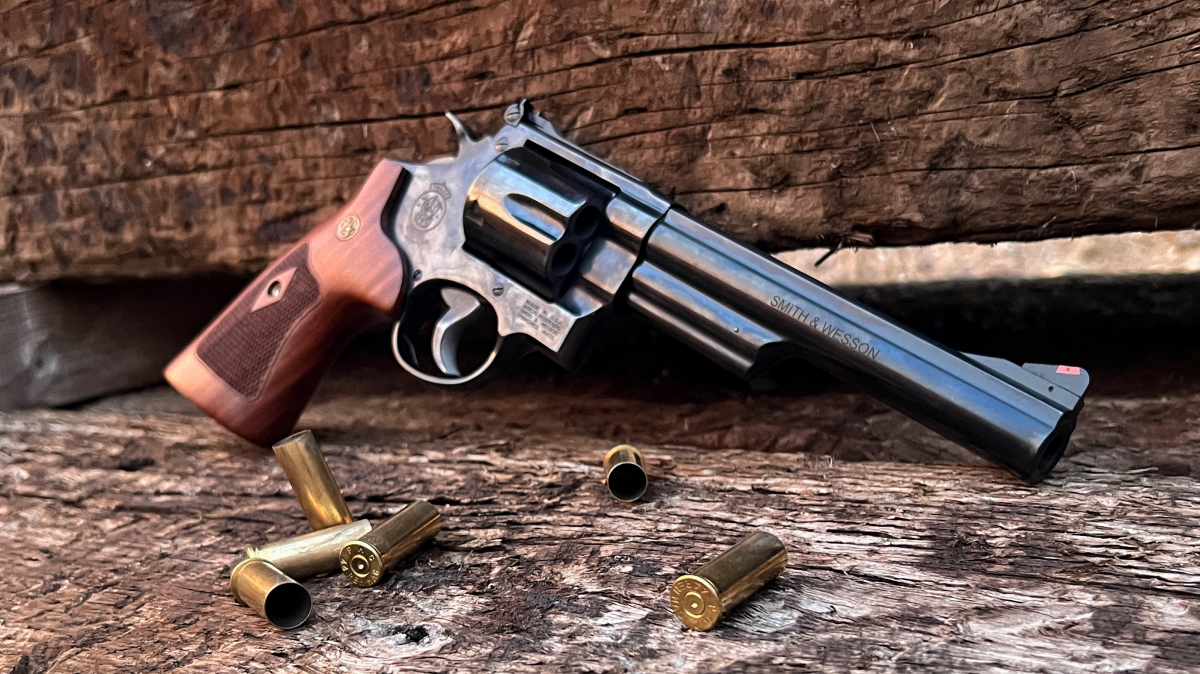

The Model 29 continues to be produced under Smith & Wesson’s Classic line, maintaining its appeal among collectors, enthusiasts, and hunters. The revolver featured in many of the pictures is a Model 29-10 from the Classic line.
End of Part One: Smith & Wesson Model 29
Today, the Smith & Wesson Model 29 stands as a testament to American firearms innovation. At the same time, no longer the most powerful production handgun, its historical significance, cultural impact, and enduring design ensure its place in the pantheon of classic firearms. For many, the Model 29 remains the quintessential big-bore revolver, a symbol of power and precision that continues to capture the imagination of shooters and collectors alike.
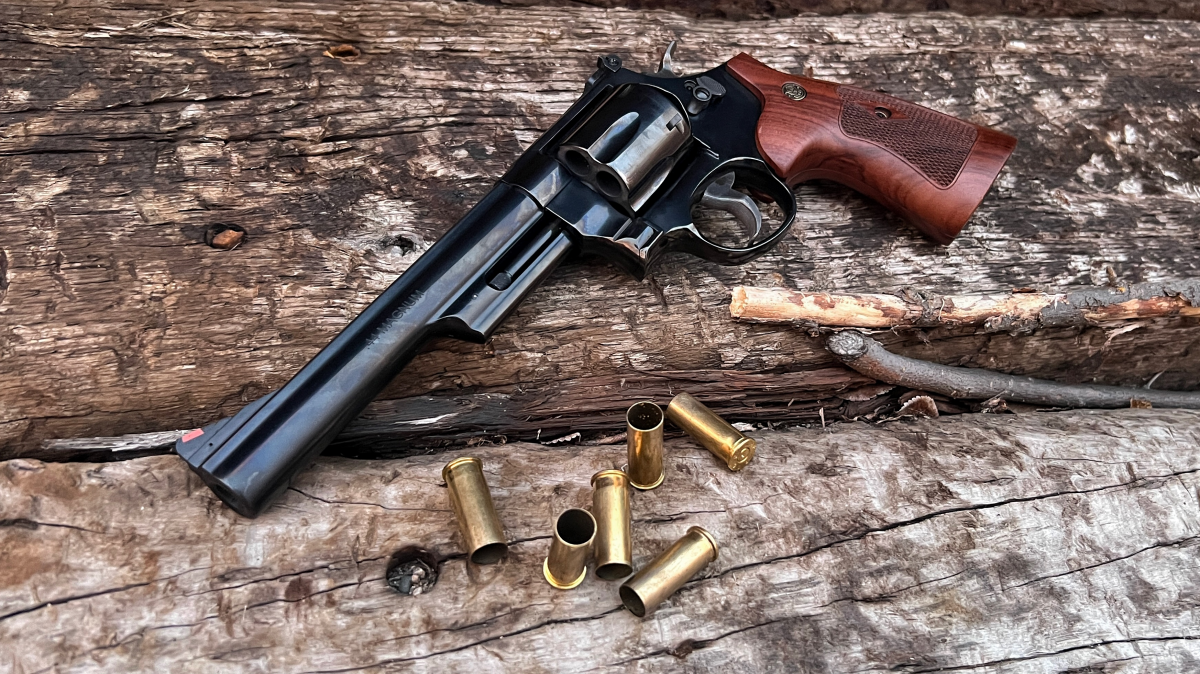

More Model 29 content is over on our sister site TFB:
In closing, I hope our Curious Relics segment informed as well as entertained. This all was written in hopes of continued firearm appreciation and preservation. We did not just realize how guns were supposed to look and function. It was a long and tedious process that has shaped the world we live in. So, I put it to you! Is there a firearm out there that you feel does not get much notoriety? What should our next Curious Relics topic cover? As always, let us know all of your thoughts in the Comments below! We always appreciate your feedback.
